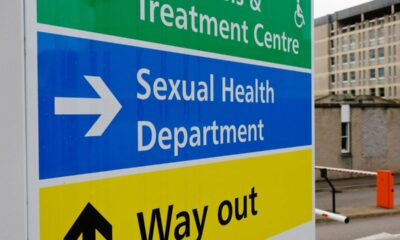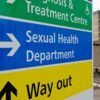LTN effects on Lambeth, South London
Local councils across the country have spent millions of pounds of taxpayers’ money on traffic reduction schemes that have been riddled with problems. This includes increased pollution, delayed emergency service vehicles and divided communities.
Giving road space over to pedestrians and cyclists isn’t new, but the recent rise in Low Traffic Neighbourhoods (LTNs) owes everything to the coronavirus pandemic.
Since the start of the Covid-19 pandemic, space on London’s public transport has been reduced by as much as 80% to maintain social distance. This means millions of journeys need to be made in alternative ways.
Many side streets in London have been closed off to cars, thus causing people to drive via the main road. Therefore, main roads are a lot more congested than in the past, thus causing more time spent in traffic jams. Rather than driving directly home, we now need to take a longer route, which is unfair and irritating. Due to having to drive via the main road, rather than taking shortcuts, journeys are a lot longer and thus negatively impact the environment and mental health.
200 areas have been identified for a “cost-effective approach of ensuring safe and attractive streets for walking and cycling” in the last four months, with 141 of the zones in London.
Fears are developing that the construction of low-traffic neighbourhood (LTN) schemes during the coronavirus outbreak has sparked animosity among locals.
LTNs can reduce car traffic by 50-90 percent within a given region, resulting in a peaceful network of streets where anyone can walk, cycle, or use their wheelchair in the middle of the road. Active travel, healthy lives, less auto use, fewer injuries and deaths, cleaner air, and lower carbon emissions are all made possible by them.
They are not a replacement for other measures such as pollution and speed control, or major road interventions such as protected cycleways and bus lanes, but with 91 per cent of Londoners living on minor roads (a figure that varies little by age, gender, income, disability, or ethnicity), LTNs will be critical in transforming Southwark.
Some claim that LTN trials have caused traffic congestion on border roads. It’s important to note that traffic has increased across London as a result of fewer people using public transportation since Covid-19, but while we wait for Southwark to release monitoring data, residents have told us that traffic near these schemes is no worse than it was before they were implemented.
As part of their Covid-19 transit response, Lambeth and Hackney have published monitoring on LTNs. They discovered that LTNs had little effect on overall traffic on nearby main routes. Additional traffic monitoring in Lambeth has revealed a 31% reduction in traffic and a 23% reduction in HGVs in and near the Railton LTN.
One disadvantage of a trial is that many individuals will favour the changes but believe they are already set in stone, so they will not express their approval. Those opposed to the changes, on the other hand, are tremendously motivated to make their voices heard.
Now here’s an interview by student journalist Bhoomi Amin with Ben Vymer from Lambeth Council discussing the issue.






